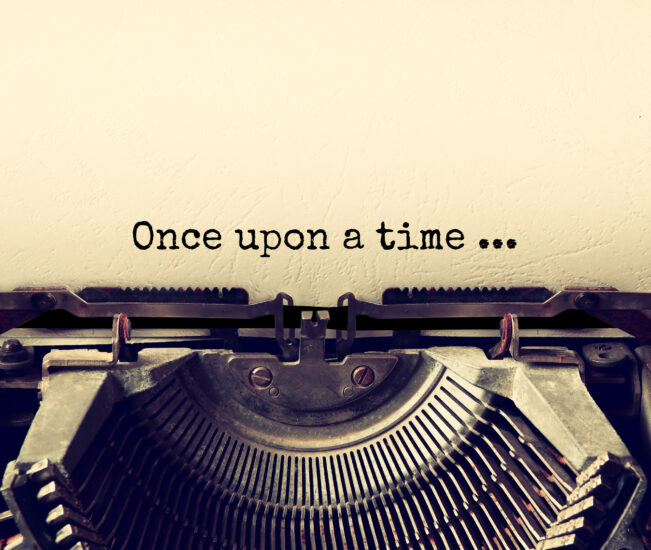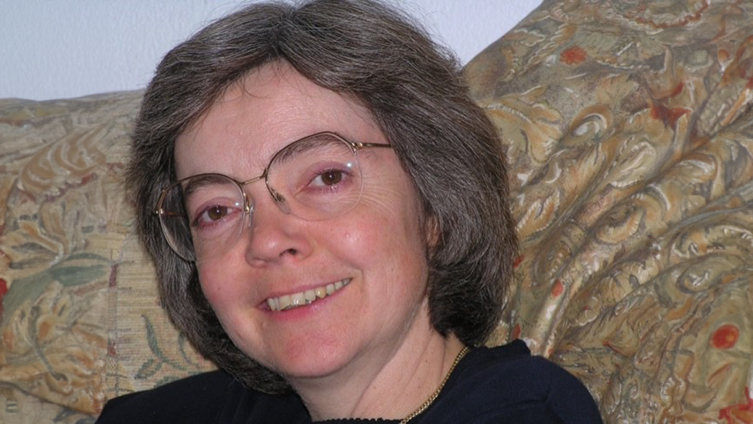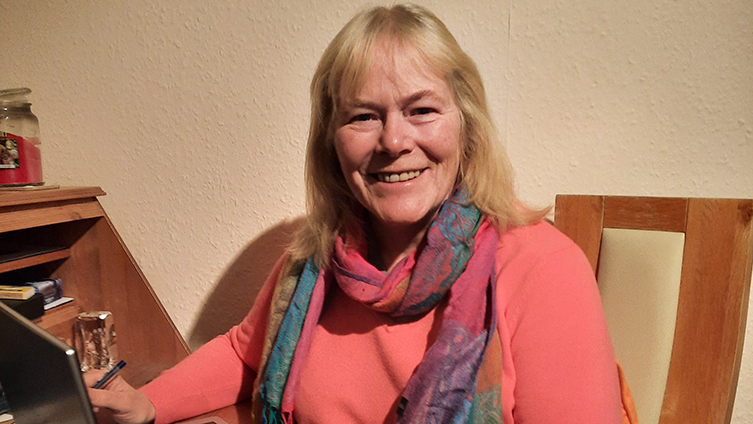
In fiction, “narrative structure” is the name for the beginning, middle and end of a story.
It’s a framework in which plot events unfold, and at “The People’s Friend” we look for it in our short stories, our serials and our Pocket Novels.
The Beginning
The beginning of a story will not only introduce the main characters, but the characters’ motives, as well.
It’s infuriating for the reader to reach the middle of a story and still not know what it’s about.
Characters’ goals should made clear as soon as possible, so that the reader starts to build up a level of empathy with them.
The Middle
The middle of a story is its foundation, where the reader will have a deeper understanding of the characters and themes — for example love, or good versus evil.
Not only will the protagonist’s goals be apparent, but there will also be obstacles for her to overcome.
No-one wants to read about characters sailing through the course of a story. Problems, emotional or physical, will engage reader interest throughout.
The End
This section features the resolution of key events in the main plot and subplots.
So the protagonist has reached her goals, or not, as the case may be. Even if it’s not a positive outcome, in the land of “Friend” fiction the message of hope will still ring true.
In my mind, a writer’s last sentence is one of the most important lines in a story. As far as narrative structure goes, that’s worth a proper build-up.
You can find more tips in our Writing Tools section.




